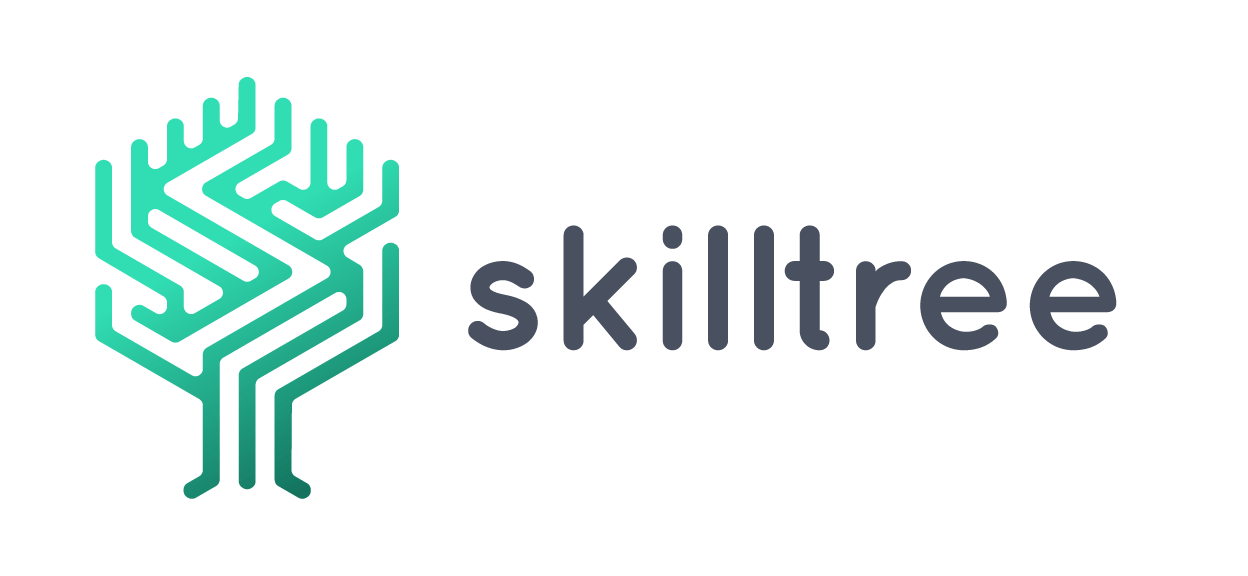Why do we need a skills catalogue? An SME usually has a large number of employees with different qualifications. Both the areas of activity and the training and experience levels can differ greatly. In order to be able to structure what competencies employees have or what skills are needed to achieve the company’s goals, a skills database, a skills catalogue, is needed.
Skill Catalog Definition
A skill or competence catalogue defines and describes all competencies that are necessary for the achievement of corporate goals. The term competencies can be defined broadly here. For example, you can also record experience, knowledge or training in a skill catalogue.
Create a Skill Catalog
A competence catalogue is therefore a competence database, which is usually created individually by the company. When creating a competence catalogue, the existing competencies in an organisation are usually recorded first. Then those competencies are added which are needed to achieve existing or planned corporate goals.
Participatory competence catalogue
If employees are involved in creating or adding to the skills catalogue, we can talk about a participative skills catalogue. The advantage of a participatory competence catalogue is that new perspectives and perhaps not considered, so-called hidden, competencies are included.
One challenge in participatory skills catalogue management is to use a skills management system that can reduce the administrative burden so that HR managers are not overburdened.
“Competences that are not yet known can only be recorded by involving employees in the capturing process”.
Which skills are relevant?
Which competencies are relevant for the individual competence catalogue depends on the company’s goals. The question to be asked here is whether this competence helps to achieve the XY corporate goal. If the answer is “yes”, then this competence should be included in the competence catalogue; even if the competence does not currently bring any obvious advantage. A strategically well-thought-out catalogue of competencies also includes those competencies that may become more relevant in the near future.
Definition: Hard skills are, in very simple terms, those competencies that can be learned and demonstrated. Examples of hard skills are programming skills, business skills or language skills. Soft skills, on the other hand, are more difficult to measure and are usually comparable to character traits. Examples of soft skills are empathy, teamwork and flexibility.
In a skills catalogue, it is often relevant to consider both hard and soft skills. However, there is often the challenge of measuring and qualifying the soft skills. Therefore, soft skills are often assessed by the employees themselves, external tests or other colleagues are used to measure soft skills.
Why do we need a competence catalogue?
In order to ensure standardised qualification and training processes, there is a need for uniform definitions and descriptions of competencies that are comprehensible to all. A skills catalogue ensures quality assurance in staff development. Competence models are defined in a competence catalogue and new or supplemented competencies can be added more easily based on those structures.
